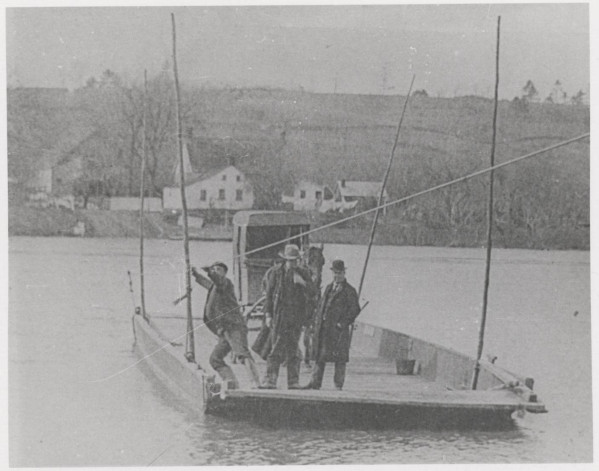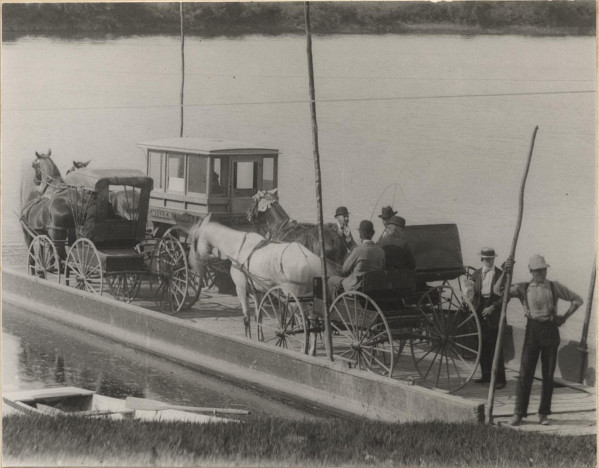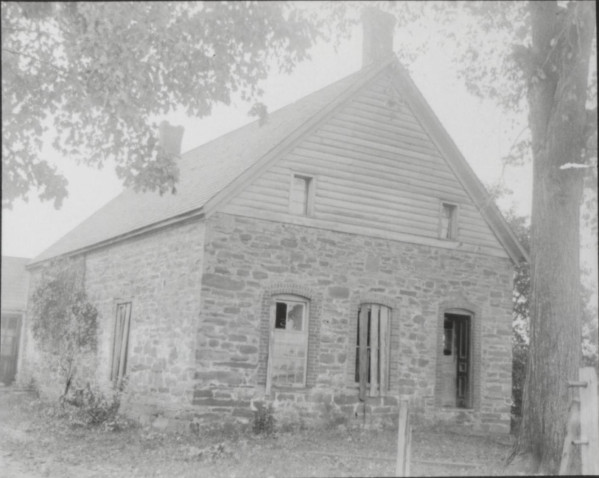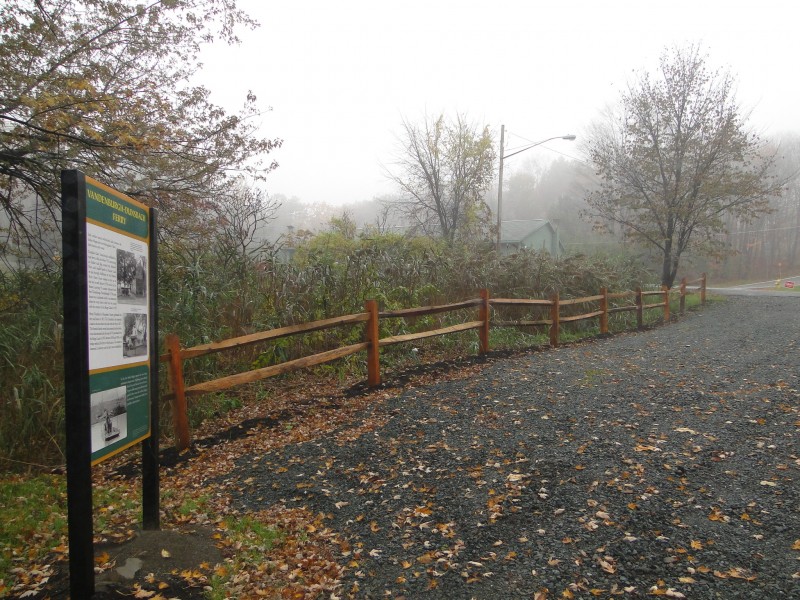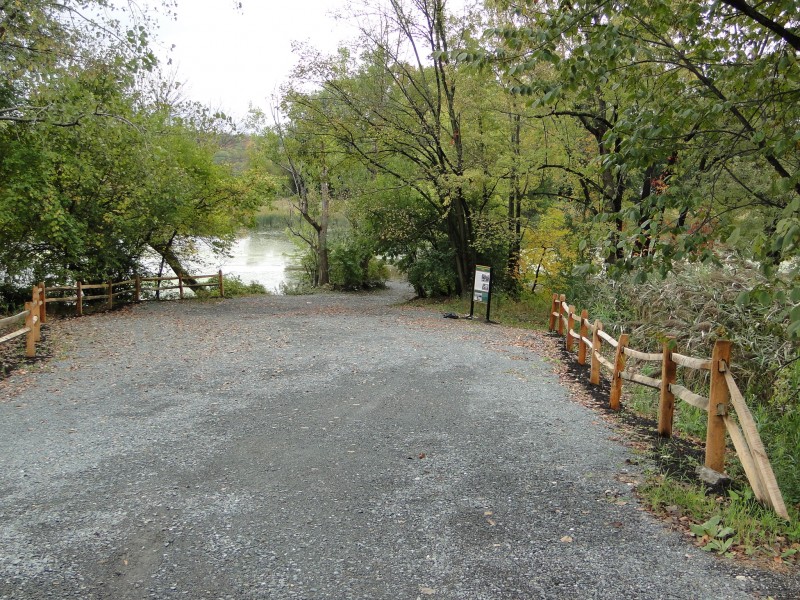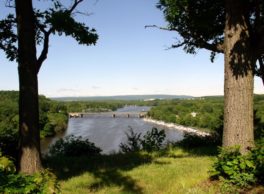Andebit et beaqui corendit, ut quostes esciendion re dit ad et prae parion es quia quas alibus sam, omnim faciden ducipidiat arum autem nobis enis es voat

Dunsbach-Vandenburgh Ferry Crossing
Early settlers found well-defined trails between old Indian villages and river fording places. These trails became early roads. Cornelius Claes Vandenburgh established a rope ferry site prior to 1705 connecting an Indian trail that crossed the Mohawk River and headed north to Round Lake or east through Halfmoon to the Hudson River. Henry Knox crossed on the ice at this site in early January 1776 on his trip to Boston carrying 59 cannon captured from Fort Ticondergoa. Vandenburgh’s 1718 stone house was a landmark until it was destroyed when the water level in the river was raised with the creation of the Barge Canal in 1917. Henry Dunsbach of Rensselaer County purchased the ferry and house in 1813. The Dunsbachs also operated a hotel at the site which they sold with the ferry in 1873. The Emerich family owned and operated the ferry when it was discontinued after the state of NY purchased it for the Barge Canal in 1910. Between 1898 and 1900 a toll bridge replaced the ferry at this location. The winter ice destroyed it, however, the ferry was re-established.
Suggested Further Reading
Additional Information is available at the Clifton Park-Halfmoon Library.
Fees
no
ADA Accessible
no
Tours Are Offered
no
Site is Child-friendly
yes
Site is Pet-friendly
yes
Comments
Canoes, kayaks and other small boats can put-in the Mohawk River at this site
Nelson Ronsvalle, 5/4/2011
Location
Related Sites or Experiences
Jim Bold - Town of Halfmoon Historical Society
518-371-8238
2 Halfmoon Town Plaza
Halfmoon, NY 12065 US
[email protected]



